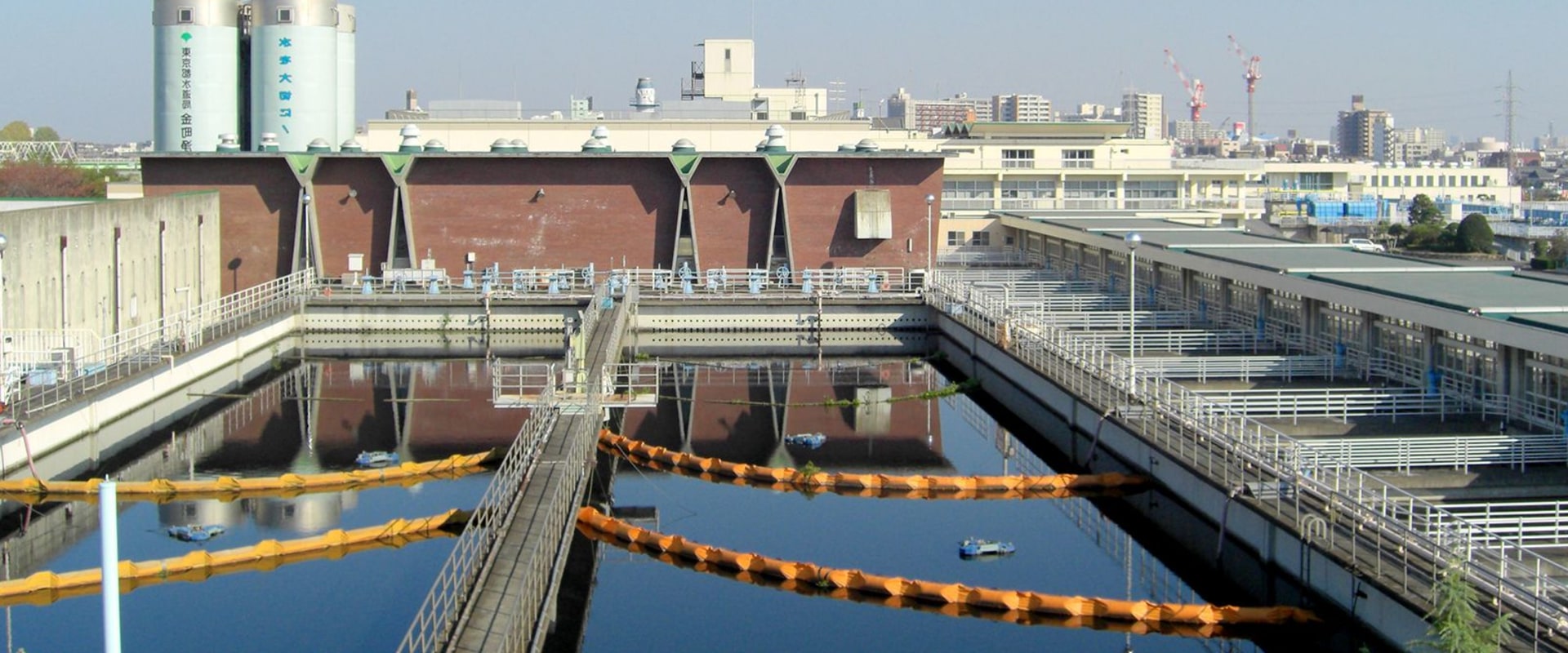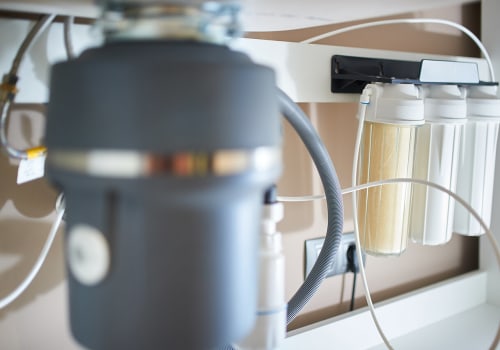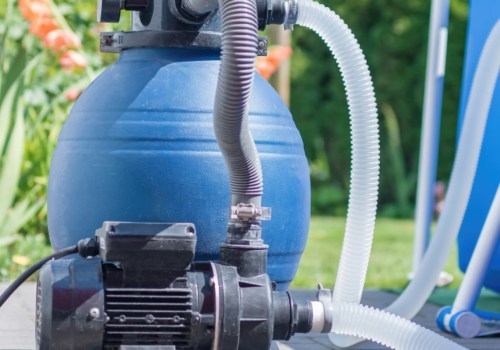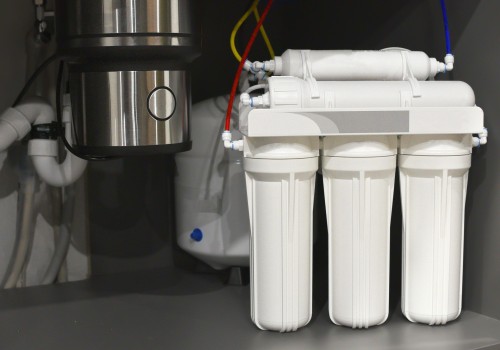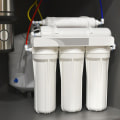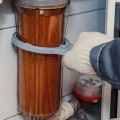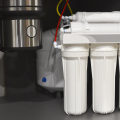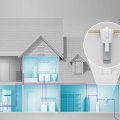Water filtration is a process that helps to remove impurities, bacteria, and other contaminants from water, making it safe for drinking and use. This process works in two ways: physical filtration and chemical filtration. Physical filtration involves filtering water through a membrane or barrier to trap debris, such as sand, and sometimes bacteria. The size of the gaps in the filter barrier or membrane will determine the speed of water flow.
A fine filter with the smallest gaps will mean a slower flow of water. Chemical filtration involves treating water with intelligent technology to remove impurities. Different types of filtration are used to remove different types of contaminants. Culligan's water filtration and purification systems use multiple filtration measures to provide cleaner water.
The water filtration process starts when unfiltered water is diverted from a natural source and flows through the Earth to a treatment center where it is processed before being distributed to your home. During its journey, water can absorb dirt, chemicals and other contaminants that cause a cloudy appearance, bad taste and an unpleasant smell. At home, the water is directed downward into the filter container, on the outside of the filter cartridge. The pressure of the system forces water to flow through the middle of the filter cartridge, into the open central core.
The now-filtered water flows through the center of the cartridge into the filter body and is then pushed out of the outlet connection. Reverse osmosis units are also used for water filtration. These units don't produce any noise other than the sound of water being discharged into the drain (usually a sink or a floor drain). Reverse osmosis units can remove more substances from the water than refrigerator filters can.
Water softening is another process used for water filtration. This process adds sodium to the water to remove minerals that cause hardness in the water. The amount of sodium added in this process is minimal compared to the diet of a healthy person. Periodically, the water softener will perform a regeneration cycle in which a salt solution from the brine tank will rinse the resin beads.
The minerals have been removed from the water that leaves your resin tank and the resulting softened water is now available for use in your home. Finally, disinfecting and adding valuable minerals to improve the quality and taste of the water is necessary because surface water sources, such as lakes, rivers and reservoirs, contain impurities, bacteria and other contaminants that can cause illness and leave an unpleasant taste and smell. Culligan's water filtration and purification products can provide you with cleaner water throughout your home. Your local Culligan employee can help you choose a customized water filtration solution to treat the specific taste, smell, look, feel and quality of the water that comes from your faucets.
